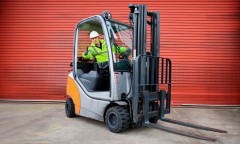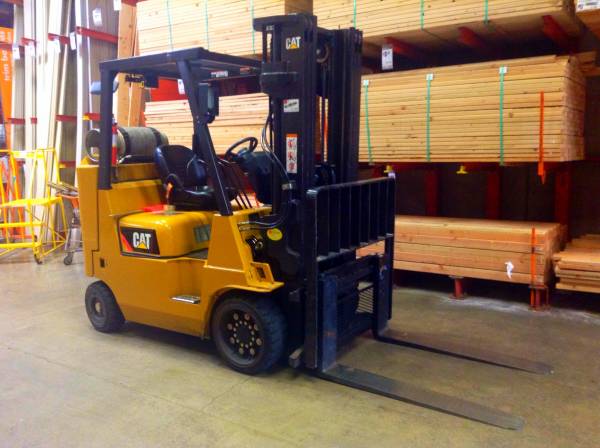
Most Popular
MUST FOLLOW TIPS TO OPERATE A FORKLIFT SAFELY
The following are some basic hints to take after to guarantee safeactivity of Forklifts. These are a decent beginning stage ... ...



MUST FOLLOW TIPS TO OPERATE A FORKLIFT SAFELY

The following are some basic hints to take after to guarantee safe
activity of Forklifts. These are a decent beginning stage to support workplace health and safety guidelines along
with OSHA Forklift safety training. 1.
Operators must be
qualified Operating forklifts should only
be done by individuals who have been trained properly and must contain a Forklift
operating license to operate the equipment. 2.
Appropriate clothing
must be worn ·
It needs to be ensured that operators wear the appropriate safety work
wear; usually consisting of a hard hat, safety shoes and hi-visibility jackets. ·
The work wear must be reasonably fitted as any loose clothing can get
caught on machinery. ·
Don’t operate/hold any of the controls when your hands have grease on
them; it may cause them to slide off and cause an accident. 3.
Examine equipment before
use ·
Operators should do a routine check of the equipment before driving
them. Some things you should check for any faults are brakes, steering,
controls, warning devices, mast and tyres. ·
If there are any noted damages or problems management should be notified
and the Forklift should not be operated if it needs to be repaired. ·
Always consider the ‘journey’s end’ of a load before picking it up.
A convenient position of a load from pick up may not be convenient for
stacking. ·
Always consider the ‘journey’s end’ of a load before picking it up.
A convenient position of a load from pick up may not be convenient for
stacking. 4. Ensure the Forklift is not over-loaded ·
Know the capacity of your forklift and any attachments being used and
never exceed this capacity. ·
Ensure the Load is evenly distributed. ·
An overload can cause the rear tyres to be raised off the ground and may
cause the forklift to tip over. 5. OSHA Forklift Safety Training is done OSHA
federal regulations CFR1910.178 states that “only trained and authorized
operators shall be permitted to operate a powered industrial truck." OSHA Forklift operating license is a must. 6. Avoid Hazards ·
Steer clear of any bumps or uneven ground surfaces along with slippery
conditions. ·
Steer clear of loose ground objects which could cause loss of control
over the equipment or a load to move around. ·
Use the horn when closing in on a corner or doorway/entrance and around
people to alert pedestrians or other forklift operators of your whereabouts to
avoid any unnecessary collision. ·
Make sure that you always have enough space to stop safely. 7. Driving on Ramps ·
When driving up ramps’ move in a
forward direction and down ramps in reverse, especially while carrying loads. ·
Do not load or unload goods or
turn whilst on a ramp.